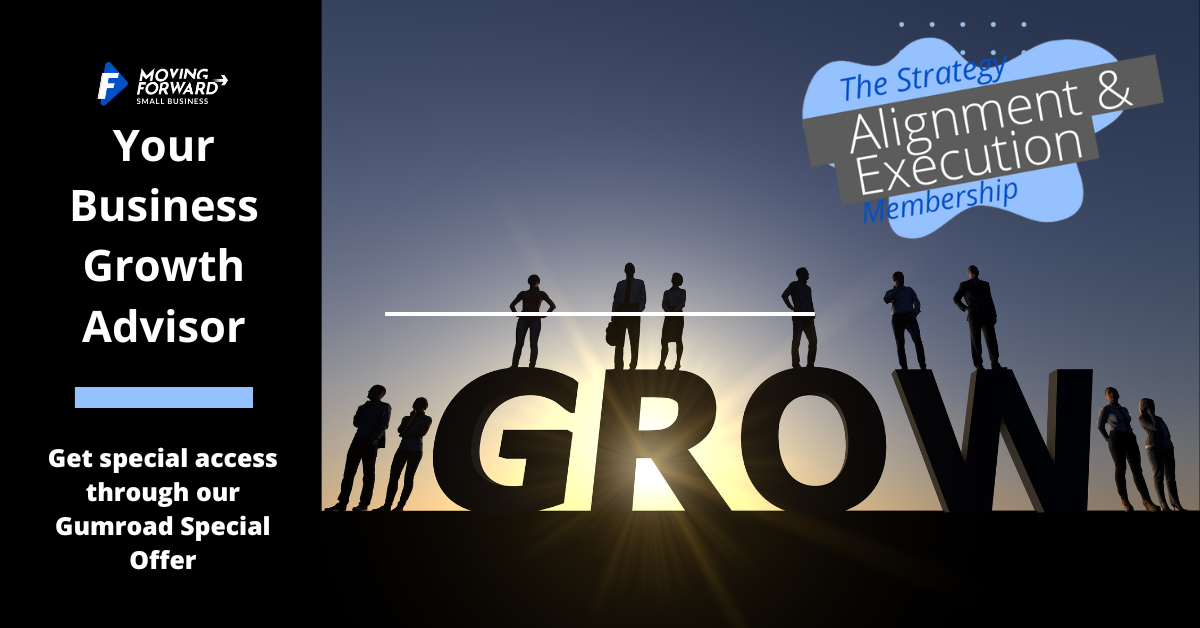Key Highlights
- A full breakdown of the components of a business plan.
- A business plan is like a map to help you succeed. It outlines your goals and how to achieve them.
- Important parts of a business plan include the executive summary, company description, market analysis, and financial projections.
- A strong value proposition, knowing your target market, and having a clear marketing strategy are key to attracting customers.
- A good management team and a clear organizational structure are very important.
- Be sure to review and update your business plan regularly. This can help you respond to market changes and stay ahead of competitors.
Introduction to Components of a Business Plan
In today’s fast-changing business world, a solid business plan is very important for success. It acts as a roadmap for business owners and shares their ideas with potential investors. A strong business plan explains your business model, sets goals, and shows how you will reach them. It typically begins with an engaging executive summary that catches the reader’s attention and gives a quick overview of your business idea.
Key Components of a Successful Business Plan
A good business plan has several important sections that work together. Each section helps to explain your business clearly. First, share your company’s mission and its value proposition. Next, outline your marketing strategy and your financial forecasts. These sections help potential investors and other stakeholders understand your business better.
Being clear and simple is very important. A good business plan should be easy to read and understand. This will help you connect with your audience. It can also help you get the support you need.
1. Executive Summary
The executive summary starts your business plan. It shows a quick overview of your company and its goals. Think of it as a snapshot of your business plan. In this section, you should include a clear mission statement. A short company description is also important. Make sure to highlight the key elements that make your business stand out.
A good executive summary should grab the reader’s attention. It needs to make them interested in reading more of your business plan. It is important to keep it short while still including the main details about your business.
2. Company Overview
A company description comes after the executive summary. It helps you understand your business better. This part talks about your company’s background and its legal structure, such as a sole proprietorship or a limited liability company. It also includes the products or services you provide.
It’s important to discuss what makes your company special. This is known as your unique selling proposition (USP). It helps your business stand out from others. If you have them, include any intellectual property rights, trademarks, or patents that protect your business and show what you offer.
3. Product and Service
To explain what you are selling, talk about its benefits and how it helps people. Think about who your perfect customers are and what they really want. Share how your products or services can meet those needs in a positive way.
Please tell us about your pricing strategy. Share why you set your prices based on the costs to make your product, its market value, and what other businesses charge. A clear explanation of your product and service will show the value you offer in the market.
4. Market Analysis
This part is about knowing your market well. Begin by doing proper market research. This task will help you understand your industry, your target market, and your competition. Keep an eye out for the latest industry trends. Consider how these trends can benefit you.
Know who your target market is and what they need. Discover what they like and dislike and their challenges. When you understand your market, you can create marketing plans that connect well with potential customers.
5. Customer Segmentation
Customer segmentation means breaking your target audience into smaller groups that have things in common. These groups can be based on demographics, like age, gender, and where they live. They can also focus on psychographics, which considers lifestyle, values, and interests. You can even separate them by behavior, such as how they shop and how loyal they are to a brand.
When you know what each group needs and likes, you can write better marketing messages. You can also design products that fit their needs. This way, you can boost sales and keep your customers happy.
6. Competitor Analysis
It is key to check your competitors. This means looking at both direct and indirect ones. A competitor analysis can show you ways to grow and find possible risks. It helps you understand where your business is in the market.
- Identify who your competitors are.
- Look at their strengths and weaknesses.
- Check their prices and offers.
- Analyze their marketing strategies.
- See what they do well and what they do not.
- Understand how they connect with customers.
- Use this information to improve your own business.
|
Competitor |
Products/Services |
Strengths |
Weaknesses |
Market Share |
|
Competitor A |
Product X, Service Y |
Strong brand recognition, Wide distribution network |
High prices, Poor customer service |
30% |
|
Competitor B |
Product Z |
Innovative features, Strong online presence |
Limited product line, High marketing costs |
20% |
You can see what your competitors are doing. This can help you find ways to make your business different. Doing this can give you a competitive advantage.
7. Marketing and Sales
Your marketing and sales plan shows how you will find your target market and turn them into paying customers. What marketing strategies will you use? You might choose social media, content marketing, or email marketing.
I can explain my sales process. First, I will find leads by using online searches and social media. Next, I will use channels like email, calls, and face-to-face meetings to reach out to them. To keep my customers coming back, I will focus on excellent service and follow-ups. A good sales plan helps bring in more customers, which grows our revenue.
8. Operational Plan
The operational plan shows how your business runs daily. Start by saying where your business is located. If you make products, explain how you create them. Also, list any tools and resources you will need.
Next, talk about how you manage your supply chain. Describe how you keep an eye on your inventory and how you deliver your products. This will show everyone how well you meet your customers’ needs.
9. Management and Organization
Investors and stakeholders look for a strong and skilled management team in a business. This part will show the main members of your management team. It will focus on their skills, experience, and the roles they have in your company.
Next, explain your organizational structure. Share how your team is organized. Tell us who reports to whom. Describe how communication works in your business.
10. Financial Plan and Projections
The financial plan is key if you want to attract investors. In this section, include your financial statements. These should be income statements, cash flow statements, and balance sheets. Also, realistic financial projections for the next three to five years should be provided. This should show your expected revenue streams, expenses, and profits.
- Show that you understand financial management well.
- Prove that you can achieve a good return on investment.
- Investors need to feel confident in your financial skills.
11. Milestones and Metrics
Setting clear goals and performance markers helps you see how well you are doing. Begin by picking specific targets that are easy to measure. These targets should be realistic, meaningful, and have a set deadline. This practice is often called SMART.
- Look at your performance regularly to see how you are doing with these goals.
- Change your plan if you need, to keep moving forward.
- This way helps you stay focused.
- It also allows you to adapt to changes in the market.
12. Appendix
The appendix has important papers for your business plan. It can include market research data, customer testimonials, permits, licenses, legal agreements, and other useful materials.
The appendix offers extra details that support the main part of your plan. It makes the overall impact stronger.
The Use of AI in Crafting Your Business Plan

AI technology has revolutionized the way businesses operate, and it can also be a valuable tool in creating your business plan. Platforms like Upmetrics and Liveplan offer AI capabilities that can help streamline the process of developing a comprehensive and effective business strategy. By utilizing AI, you can analyze data more efficiently, identify trends and patterns, and make more informed decisions about the direction of your business. With these tools, you can save time and resources while also ensuring that your business plan is well-informed and strategic.
Incorporating AI into your business planning process can give you a competitive edge and help you stay ahead of the curve in today’s fast-paced business environment. By leveraging the power of AI tools like Upmetrics and Liveplan, you can access valuable insights and recommendations that can guide you in creating a business plan that is tailored to your specific goals and objectives. With AI, you can make data-driven decisions, set realistic targets, and develop a roadmap for success that is based on accurate and up-to-date information. Don’t underestimate the power of AI in shaping the future of your business.
Conclusion
A good business plan is like a map that leads you to success. It includes important parts such as market analysis, financial predictions, and ways to manage your business. This lets you grow in a smart way. Using AI for marketing can help you connect with more people and improve your campaigns. Keep in mind that your business plan needs to change as your business grows. Sign up to our on-demand Business Plan Boot Camp if you want support in creating or updating your existing business plan. Want more help with business strategy? Consider joining our Strategy Alignment and Execution Membership community. Staying steady and adaptable is important to achieve your targets in the tough market today.
Frequently Asked Questions
What is the purpose of a business plan?
A business plan is like a map that shows you how to reach your business goals. It gives you a clear direction for your journey. A business plan helps you plan your strategy and makes it easier to talk with stakeholders. It is also important if you need to get funding.
How often should a business plan be updated?
Business changes over time, and your plan should change too. Regularly review your business plan. Check for industry trends. See if your business needs to take a new direction. Update your plan to show growth and any market changes. Try to do this at least every three months or once a year.
Can a business plan guarantee success?
A business plan does not ensure success. It helps to manage risk and encourages good planning. A business plan also sets clear goals. It is important to be flexible and know what leads to success. This is essential for handling unexpected issues.
What’s the most important component of a business plan?
The executive summary brings all parts of the plan together. It provides a quick overview that can attract potential investors. A strong value proposition, a clear main strategy, and good financial planning are key elements.


